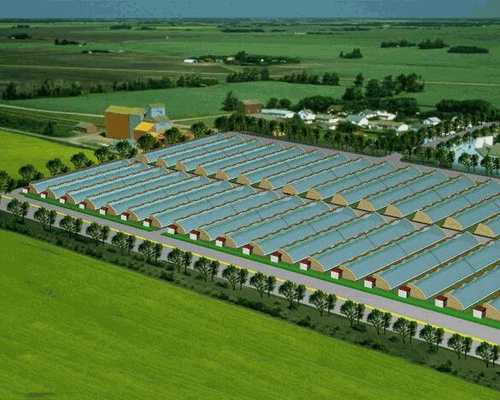The right environmental elements are crucial for crop growth. In traditional farming production, farmers only manage by experience and cannot grasp the growing needs of crops. For example, too much or too little irrigation can affect the growth of crops. The application of agricultural sensors can monitor the environmental elements of crop growth and make planting management more scientific. Based on the data transmitted by the sensors, farmers can control and regulate the growing environment of crops, so that the crops are in a suitable environment for growth, achieving the goal of saving resources and labor costs and increasing yields.
The following is a list of agricultural sensors.
- Soil temperature and humidity sensors
Soil temperature and humidity sensors monitor the temperature and humidity of the soil. Soil temperature affects plant growth and soil formation, and soil moisture reflects the water availability for crops. Timely knowledge of soil temperature and moisture content helps to water crops in a timely and appropriate amount.
- Soil pH sensor
Nutrient supply has an important impact on the growth of crops. By monitoring ph levels through soil pH sensors, critical feedback can be obtained on the lack of nutrients or the presence of harmful substances in the soil, further optimizing the growth potential of plants.
- Temperature and humidity sensors
Air temperature and humidity sensors are mostly used in greenhouse greenhouses. Air temperature and humidity can affect the respiration, transpiration, photosynthesis and disease of greenhouse crops, which directly affects the growth and yield of crops. Temperature and humidity sensors can monitor the temperature and humidity of the crop growing environment, so that we can determine whether we need to control the fan curtain to adjust the temperature and humidity in the greenhouse.
- Illumination sensor
Illumination sensor can effectively monitor the light level, which helps to know whether the current light level is in line with the best growing light level range for crops, and to shade or fill the light treatment for the greenhouse according to the detection results.
- Carbon dioxide sensor
95% of crop dry weight comes from photosynthesis, and carbon dioxide is one of the raw materials for photosynthesis of green plants. A reasonable concentration of carbon dioxide is beneficial for crops to carry out photosynthesis. By monitoring the CO2 concentration in the greenhouse through CO2 sensors, it helps to determine whether additional fertilizer or ventilation is needed. In addition to the above-mentioned sensors, agricultural sensors contain many types.


No comments yet